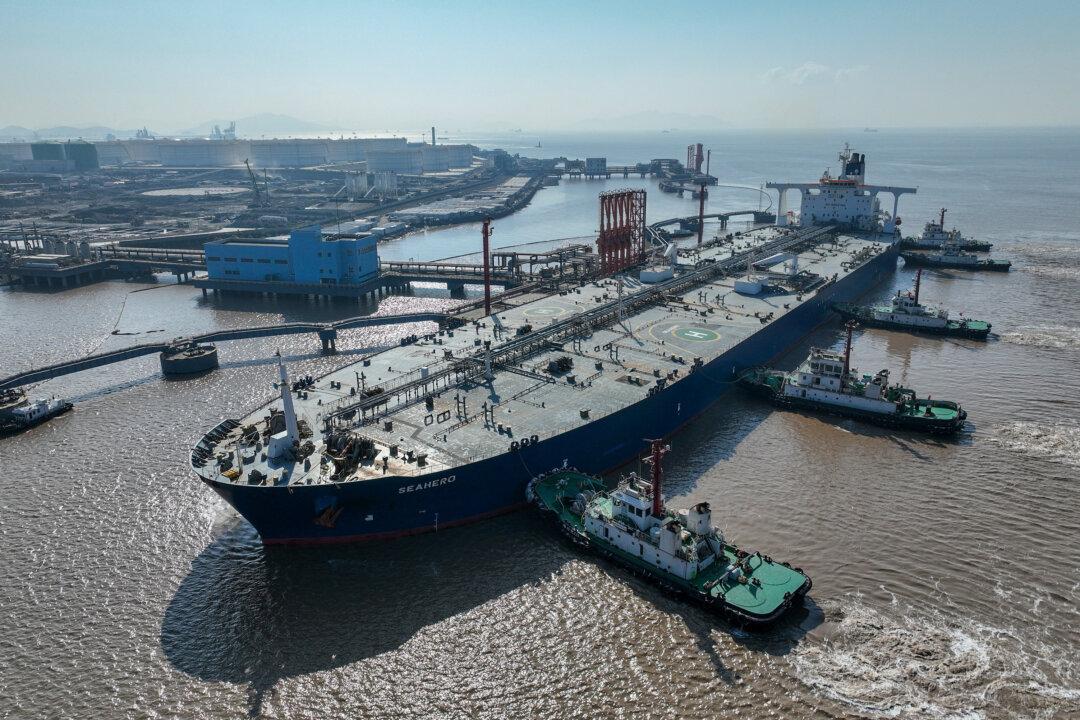China is unveiling a new Antarctic research station south of Australia that will be open year-round, according to Chinese state-owned media.
Qinling Station is ostensibly designed to study local ecology but could also be used to collect vast troves of signals intelligence from Australia and New Zealand, experts say.




